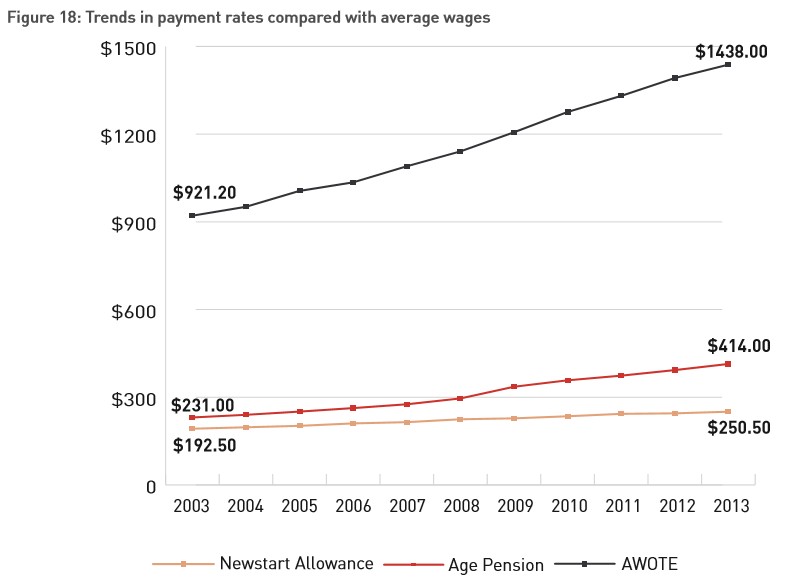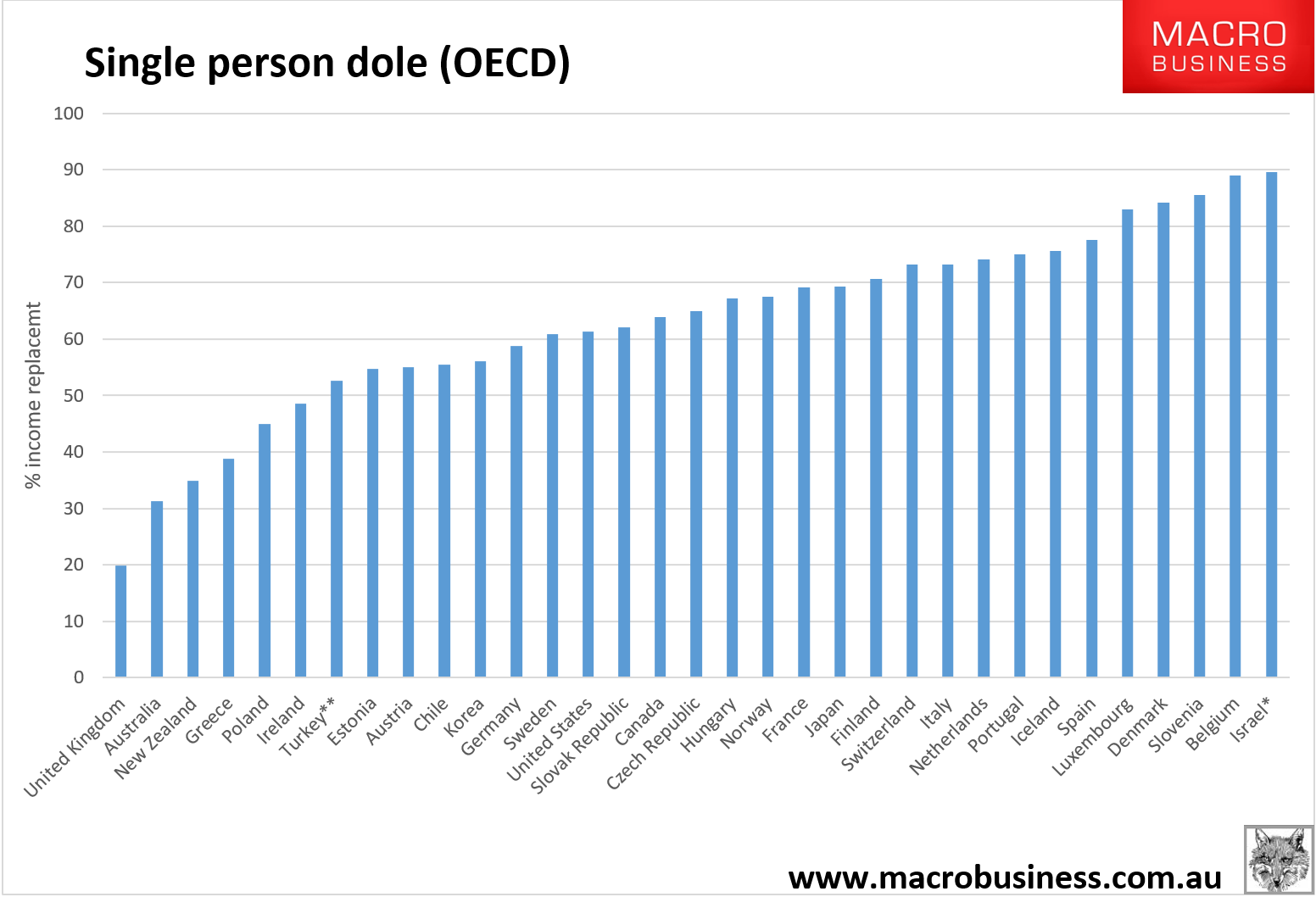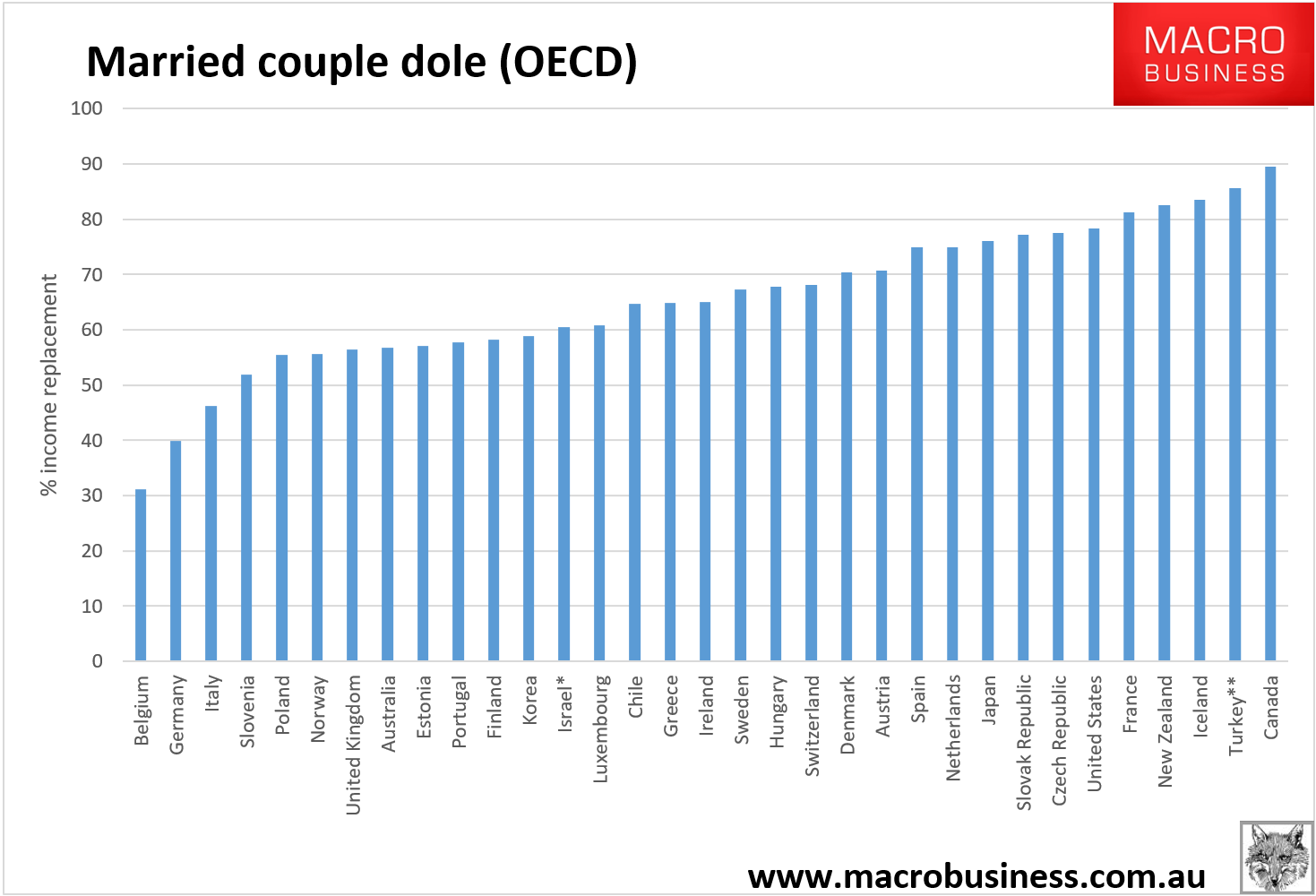Anglicare and the left-of-centre Per Capita think tank have both today slammed Australia’s tax a welfare system, claiming taxpayers are spending six times more providing tax concessions to Australia’s wealthiest households than is spent on the unemployed. From The ABC:
[Anglicare] commissioned Per Capita to crunch the numbers on how much tax concessions cost the budget relative to welfare.
Using Treasury data, as well as various ABS figures and the University of Melbourne’s HILDA survey, Per Capita calculated that major tax concessions totalling $135 billion per year were costing the budget more than the four main welfare payments — the aged pension, family assistance payments, disability benefits and Newstart — combined.
In fact, these tax concessions are costing the budget about six times as much as Newstart, a payment even business groups say is too low for job seekers to live on.
Moreover, the research finds more than half of the benefit from tax concessions is going to the wealthiest fifth of households…
“The cost to Australian taxpayers of the richest 20 per cent of Australians is actually a staggering $68 billion per annum,” she said.
“Put another way, $37 from every Australian worker a week to keep on keeping Australia’s richest 20 per cent rich.”
The total cost of all major welfare payments works out to about $80 per worker per week, or roughly double the cost of tax concessions to the wealthiest 20 per cent of households.
The report also highlights how skewed the savings are from tax concessions — the top 20 per cent get $68.5 billion and the bottom 20 per cent get about 6 billion…
Superannuation concessions, income splitting between the husband and wife, the capital gains tax exemption on the family home and negative gearing deductions are also big contributors to the tax deductions…
The single most expensive tax concession is the capital gains tax exemption for the family home, which costs the budget an estimated $74 billion annually and is very unlikely to be removed.
However, superannuation tax concessions totalling $36 billion a year and the 50 per cent capital gains tax discount, worth an estimated $10 billion a year, are both extremely skewed towards high-income households.
Ms Chambers said negative gearing, estimated to cost the budget around $4.5 billion a year, is also a tax break that is both inequitable and fails to achieve any benefit, such as lowering housing costs for lower income Australians.
While it’s fair enough to question tax concessions around things like superannuation, negative gearing and the capital gains tax (CGT) discount on investments, I believe the estimated $74 billion figure around the CGT exemption for the family home is a red herring.
Removing the CGT exemption for the family home would have the same deleterious impacts as stamp duty. It would discourage housing turnover and unnecessarily penalise people that move to homes that better suit their needs. Obvious examples include baby boomers downsizing from large family homes and young growing families upsizing to bigger family-friendly homes. In turn, such disincentives would encourage a less efficient use of the housing stock, such as empty nesters occupying large homes with multiple spare bedrooms. Applying a capital gains tax on one’s home would also hinder labour mobility, since it would discourage workers from relocating closer to employment.
Rather than closing the CGT exemption, it would make far more sense to apply a broad-based land tax (preferably in place of stamp duties). Such a reform would encourage a more efficient use of the housing stock and improve labour mobility, penalise land banking and vagrancy (increasing effective land supply in the process), and help to make infrastructure investments self-funding for governments (since any land value uplift brought about through increased infrastructure investment would be partly captured by the government via increased land tax receipts).
That said, a bigger issue in all of this is the inadequacy of the Newstart (‘Dole’) allowance for the unemployed. As shown in the next chart, the Newstart Allowance has not increased in real terms (i.e. above the Consumer Price Index) since 1994. This means that people who are unemployed have not shared in increases in living standards received by the rest of the community for more than 20 years.

OECD comparisons also shows that Australia’s dole allowance is amongst the lowest in the world for singles:
 Whereas it’s only a little more generous for couples:
Whereas it’s only a little more generous for couples: It’s also worth noting that the Business Council of Australia has recently called for “increasing the inadequate Newstart allowance, arguably the most tightly controlled corner of the welfare budget”, as has KPMG, which has also described Newstart as “inadequate” and called for it to be raised by $50 a week.


